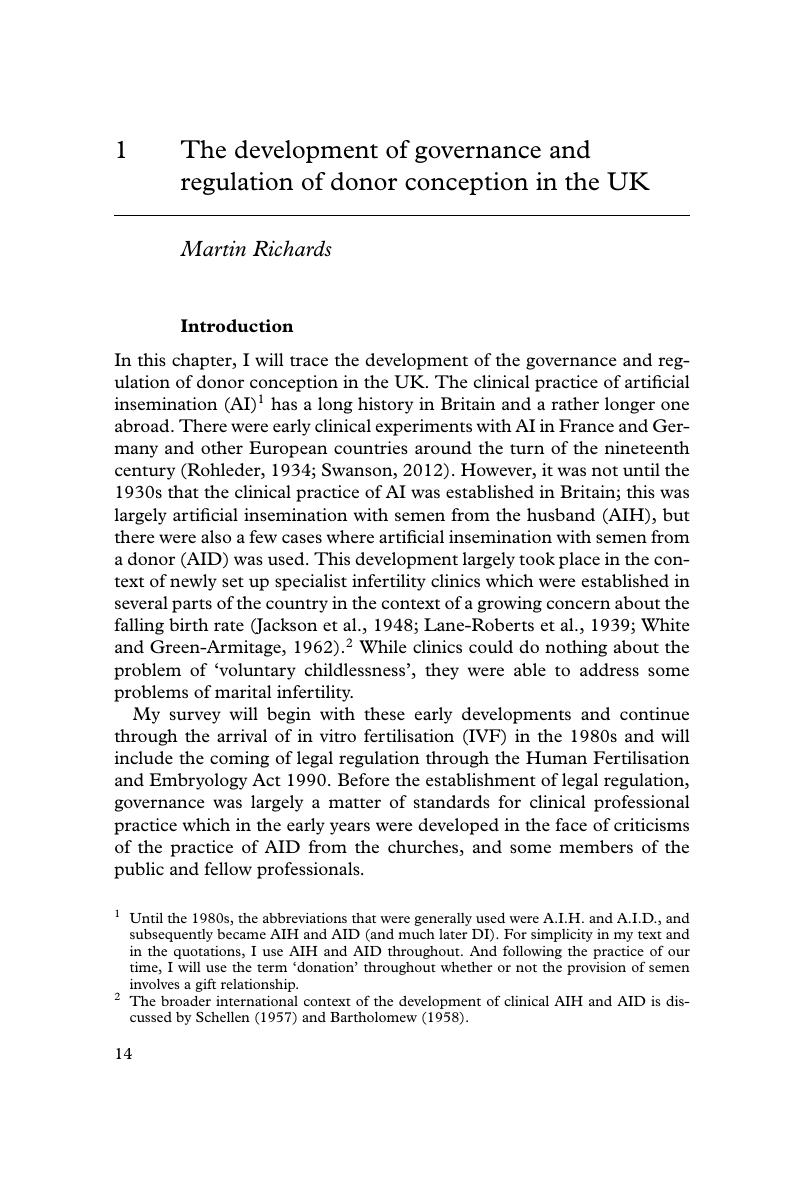Book contents
- Regulating Reproductive Donation
- Regulating Reproductive Donation
- Copyright page
- Contents
- Editors, contributors and discussants
- Book part
- Introduction
- 1 The development of governance and regulation of donor conception in the UK
- Part I International, cross-border and global issues
- Part II How many children per donor?
- Part III Donors
- Part IV Information about donors
- Index
- References
1 - The development of governance and regulation of donor conception in the UK
Published online by Cambridge University Press: 05 March 2016
- Regulating Reproductive Donation
- Regulating Reproductive Donation
- Copyright page
- Contents
- Editors, contributors and discussants
- Book part
- Introduction
- 1 The development of governance and regulation of donor conception in the UK
- Part I International, cross-border and global issues
- Part II How many children per donor?
- Part III Donors
- Part IV Information about donors
- Index
- References
Summary

- Type
- Chapter
- Information
- Regulating Reproductive Donation , pp. 14 - 36Publisher: Cambridge University PressPrint publication year: 2016
References
References
Cases
MacLennan v. MacLennan [1958]S.C.105.
Orford v. Orford [1921]58. D.L.R. 251.
Russell v. Russell [1924]AC 721.
Legislation
The Adoption of Children Act 1926.
The Legitimacy Act 1926.
The Perjury Act 1911.
Family Law Reform Act 1987.
Human Fertilisation and Embryology Act 1990.
Human Fertilisation and Embryology Act 1990, as amended 2008.
Surrogacy Arrangements Act 1985.



